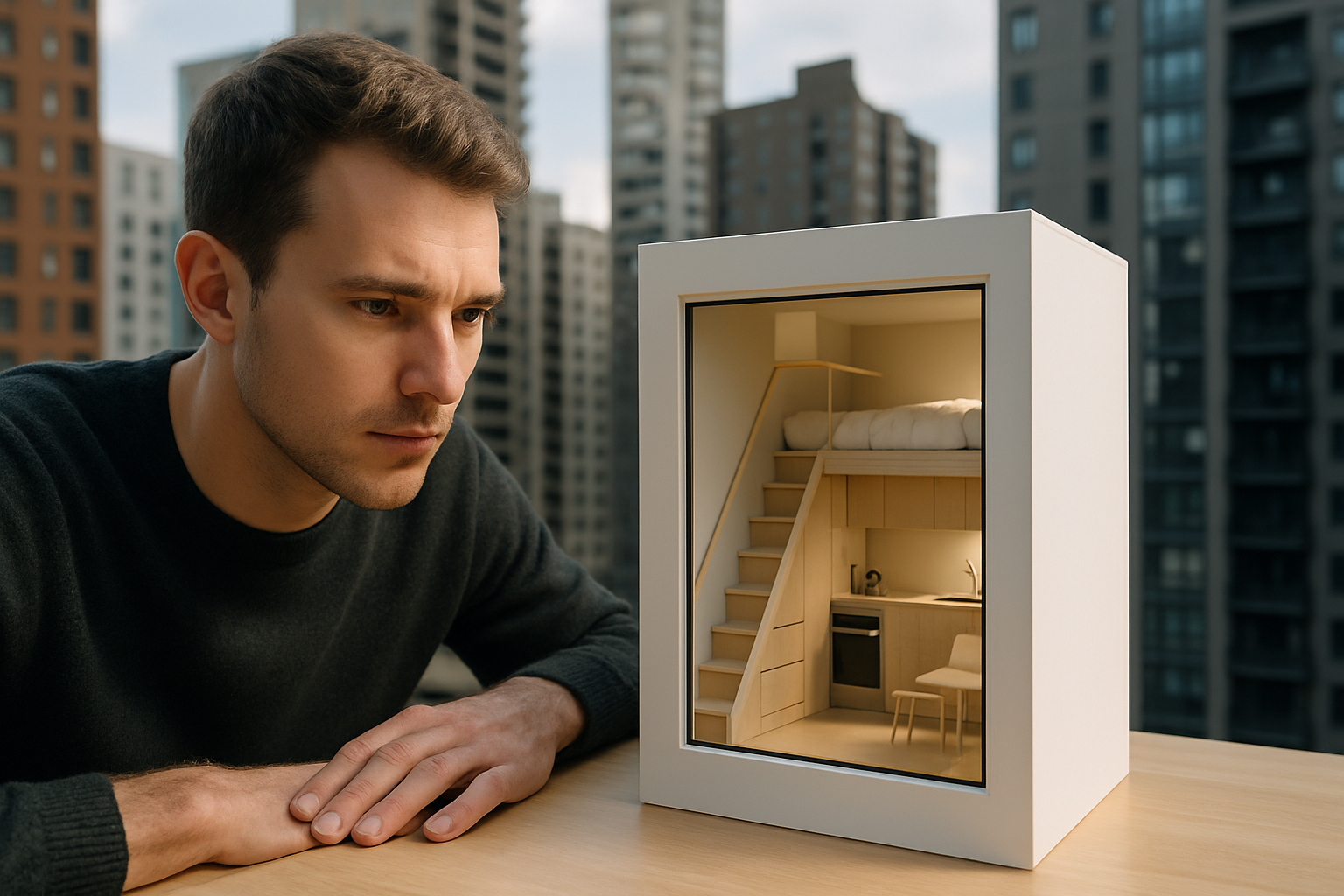The Potential of Micro-Housing: A Solution to the Urban Housing Crisis?
Introduction: As urban areas continue to grapple with housing shortages, rising prices, and limited space, a new trend is emerging that may offer a solution. Micro-housing, or compact living spaces, is gaining traction as a viable, affordable alternative for city dwellers. This article examines the rise of this trend, its implications, and how it could reshape the future of urban living.

The Emergence of Micro-Housing
The concept of micro-housing isn’t entirely new, but its significance has grown in recent years. As urban populations continue to swell, cities worldwide are facing a common challenge: lack of affordable housing. This scarcity, coupled with rising real estate prices, has led to a surge in demand for smaller, more efficient living spaces. In response, the concept of micro-housing - compact units typically less than 500 square feet - has gained traction. Micro-housing offers a potential solution to the affordability crisis, providing a lower-cost option for those willing to sacrifice space for location.
Benefits and Drawbacks of Micro-Housing
While micro-housing offers a solution to the affordability issue, it also presents numerous benefits. For one, it promotes a minimalist lifestyle, reducing clutter and encouraging efficient use of space. It’s also touted for its environmental benefits due to less energy consumption. However, critics argue that such small living spaces can negatively impact residents’ mental health due to lack of personal space and potential isolation. Despite these concerns, the demand for micro-housing continues to grow, particularly among millennials and the urban workforce.
Financial Implications for Investors
From an investment perspective, micro-housing presents a lucrative opportunity. As demand grows, so does the potential for high returns. Given their smaller size, micro-units are cheaper to build and maintain than traditional apartments, translating to lower costs and higher profit margins for developers. Investors also benefit from higher occupancy rates as micro-housing appeals to a broader demographic, including students, young professionals, and retirees.
The Impact of Micro-Housing on the Real Estate Market
The rise of micro-housing might be a game-changer in the real estate market. By offering an affordable housing solution, it has the potential to alleviate some of the pressures on urban housing markets. However, it also presents challenges, such as zoning restrictions and community opposition. Despite these hurdles, the trend towards micro-housing appears to be gaining momentum, signaling a potential shift in the urban housing landscape.
Micro-Housing: The Future of Urban Living?
While it’s too early to tell if micro-housing will become a permanent fixture in our urban landscapes, one thing is clear: it’s a trend that’s worth watching. As cities continue to grapple with housing affordability, micro-housing offers a compelling solution that could reshape the way we think about urban living. It’s a testament to the ever-evolving nature of real estate, reminding us that the industry is constantly adapting to meet the needs of its consumers.
In conclusion, micro-housing presents a potential solution to the urban housing crisis, offering benefits to residents, investors, and the environment. While it has its disadvantages, the trend towards more compact, affordable living spaces cannot be ignored. As we look to the future, it will be fascinating to see how this trend evolves and impacts the real estate market.





